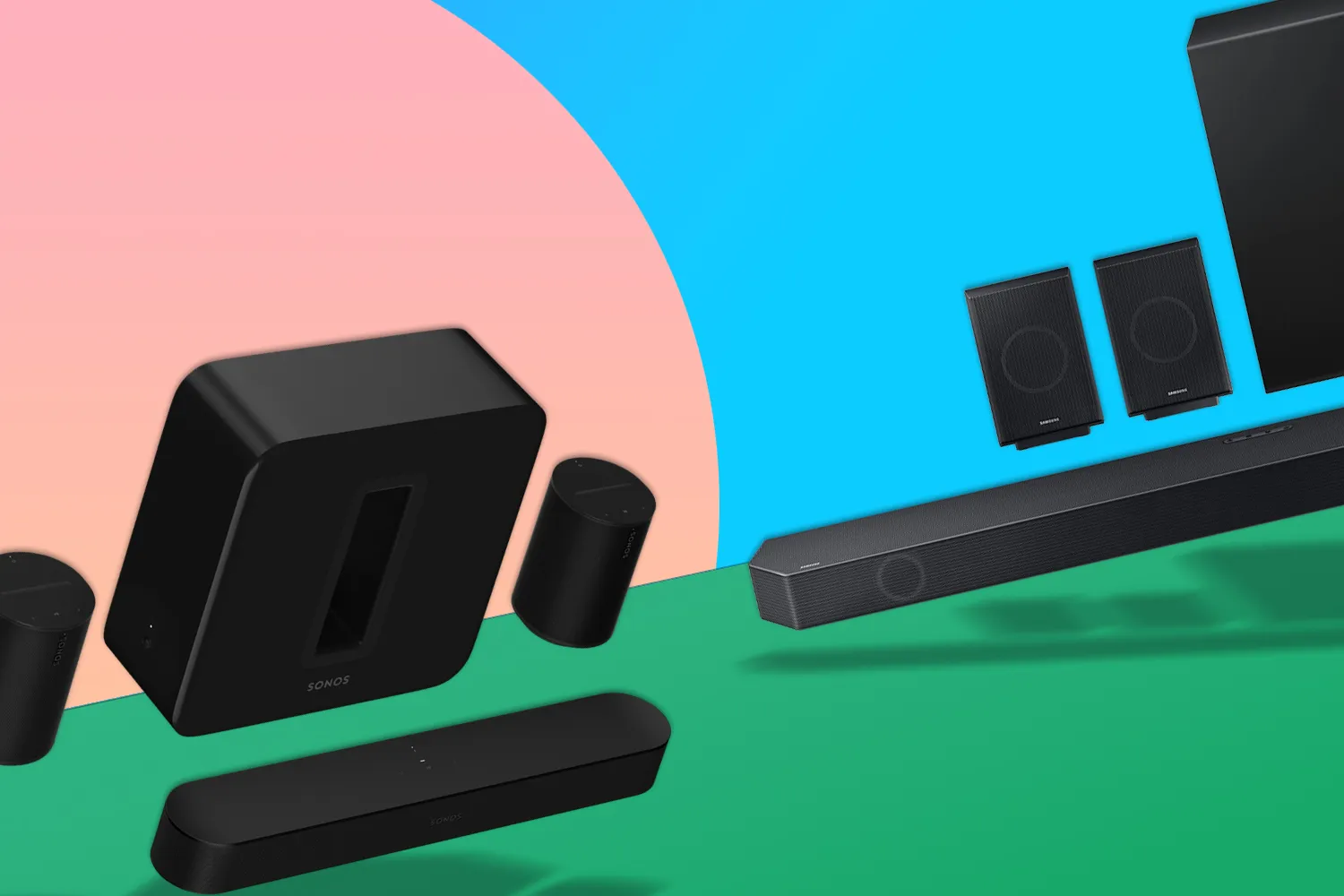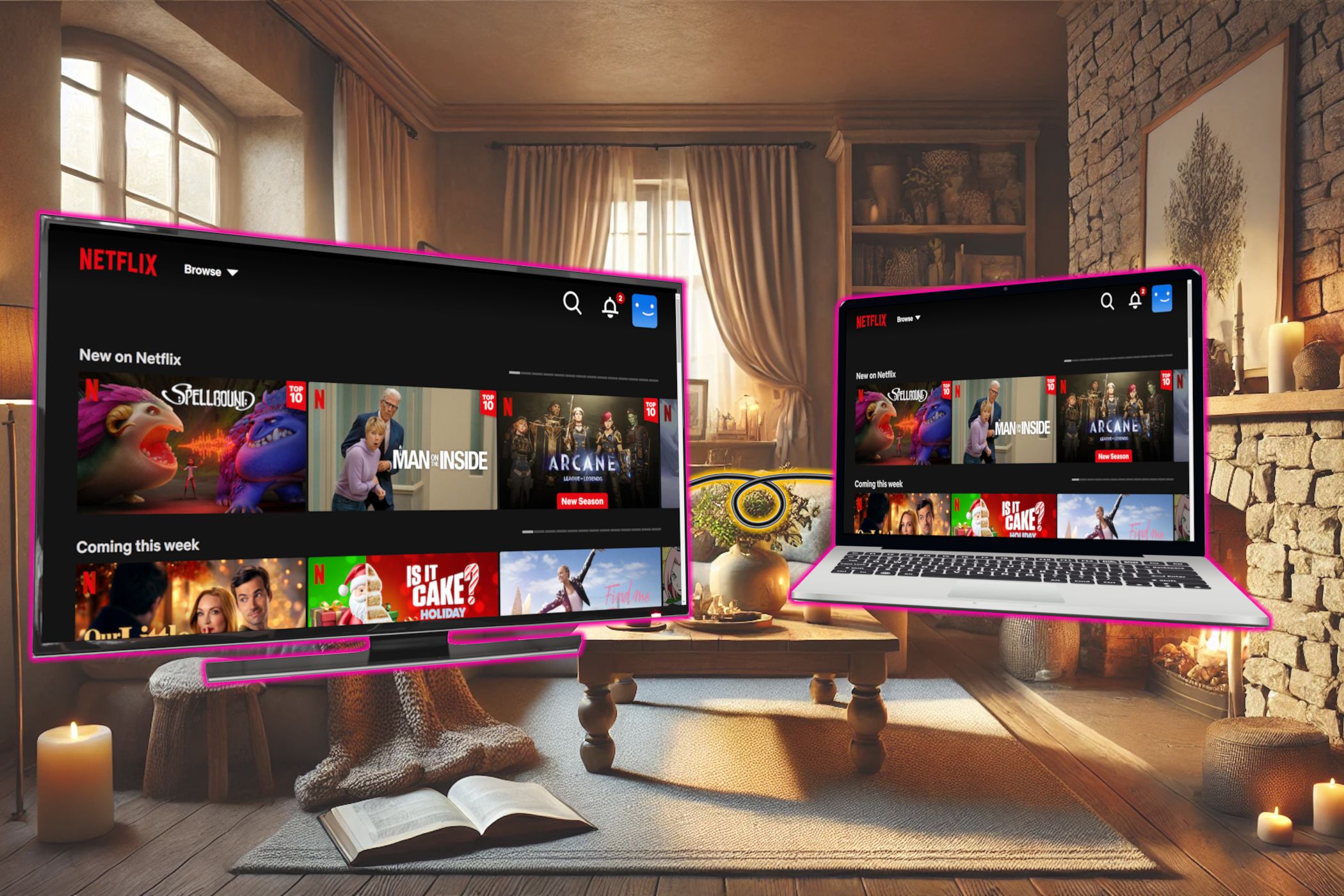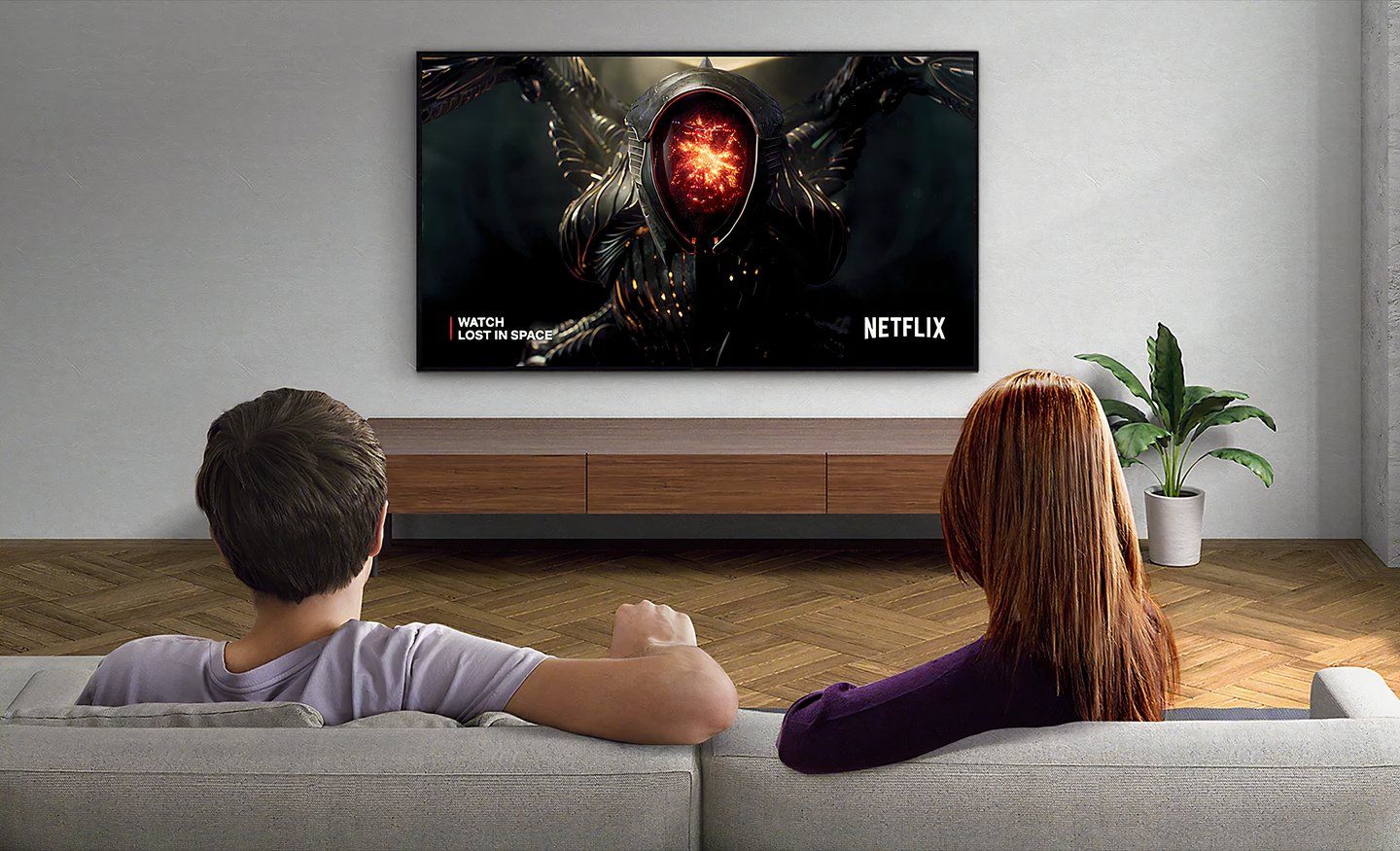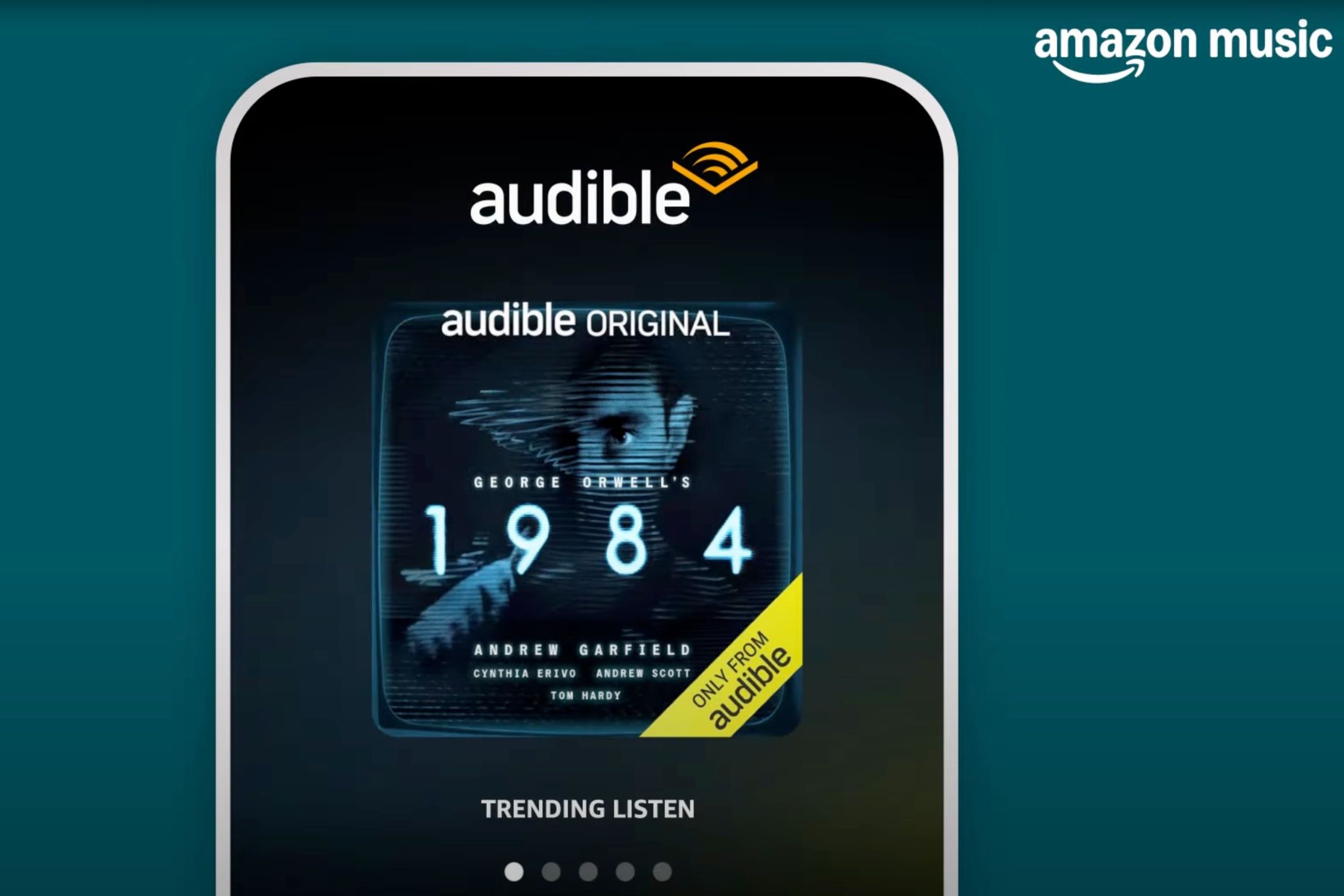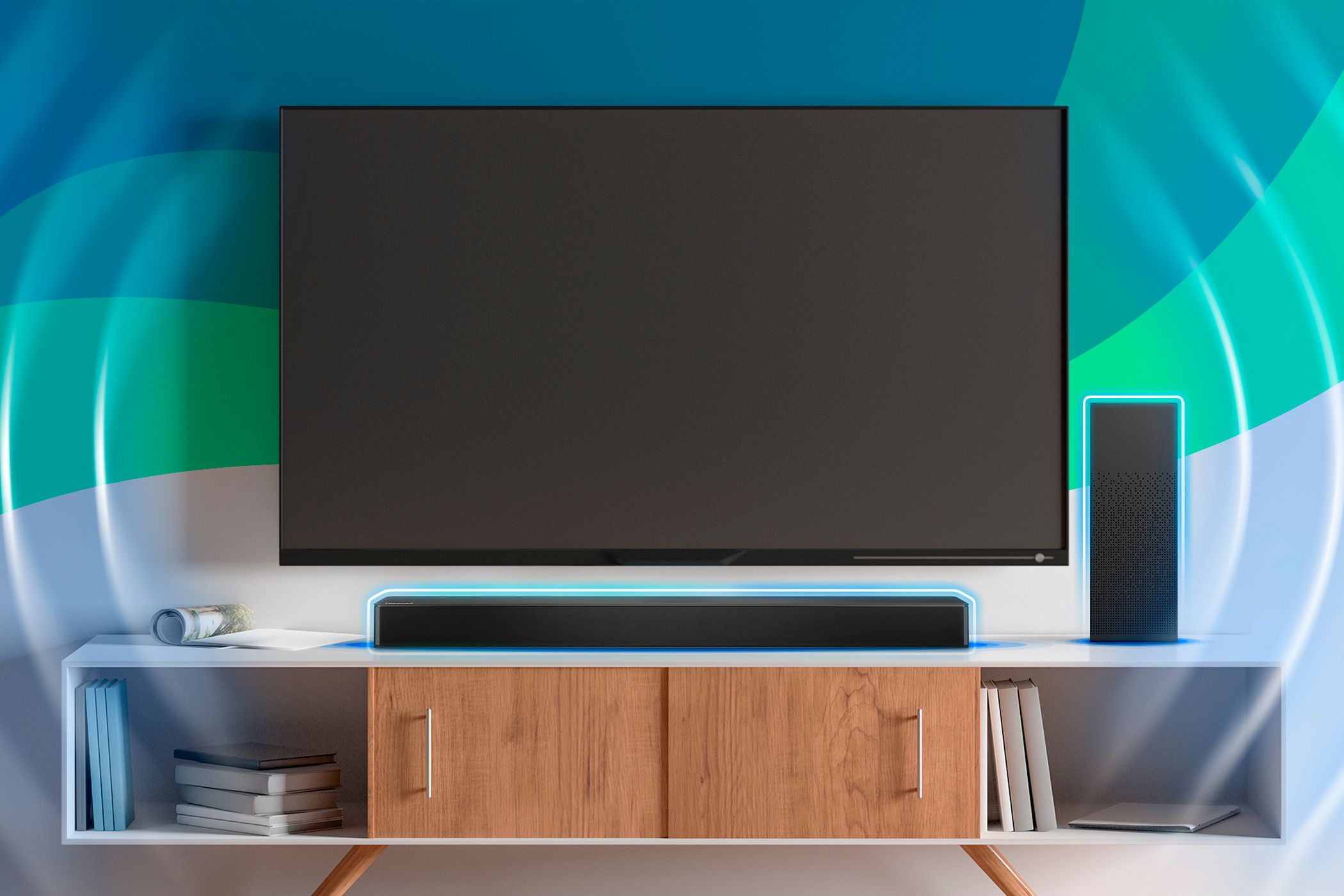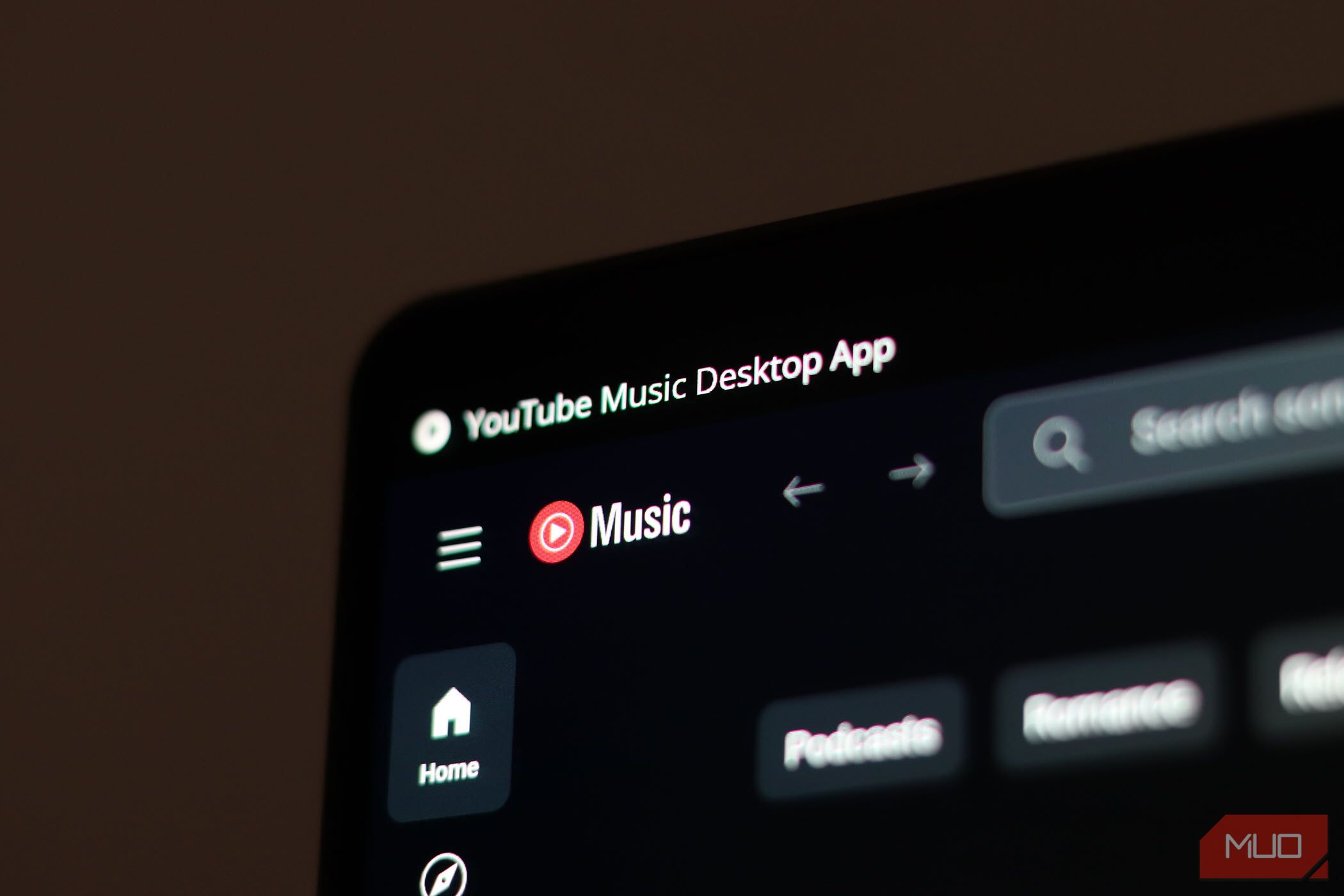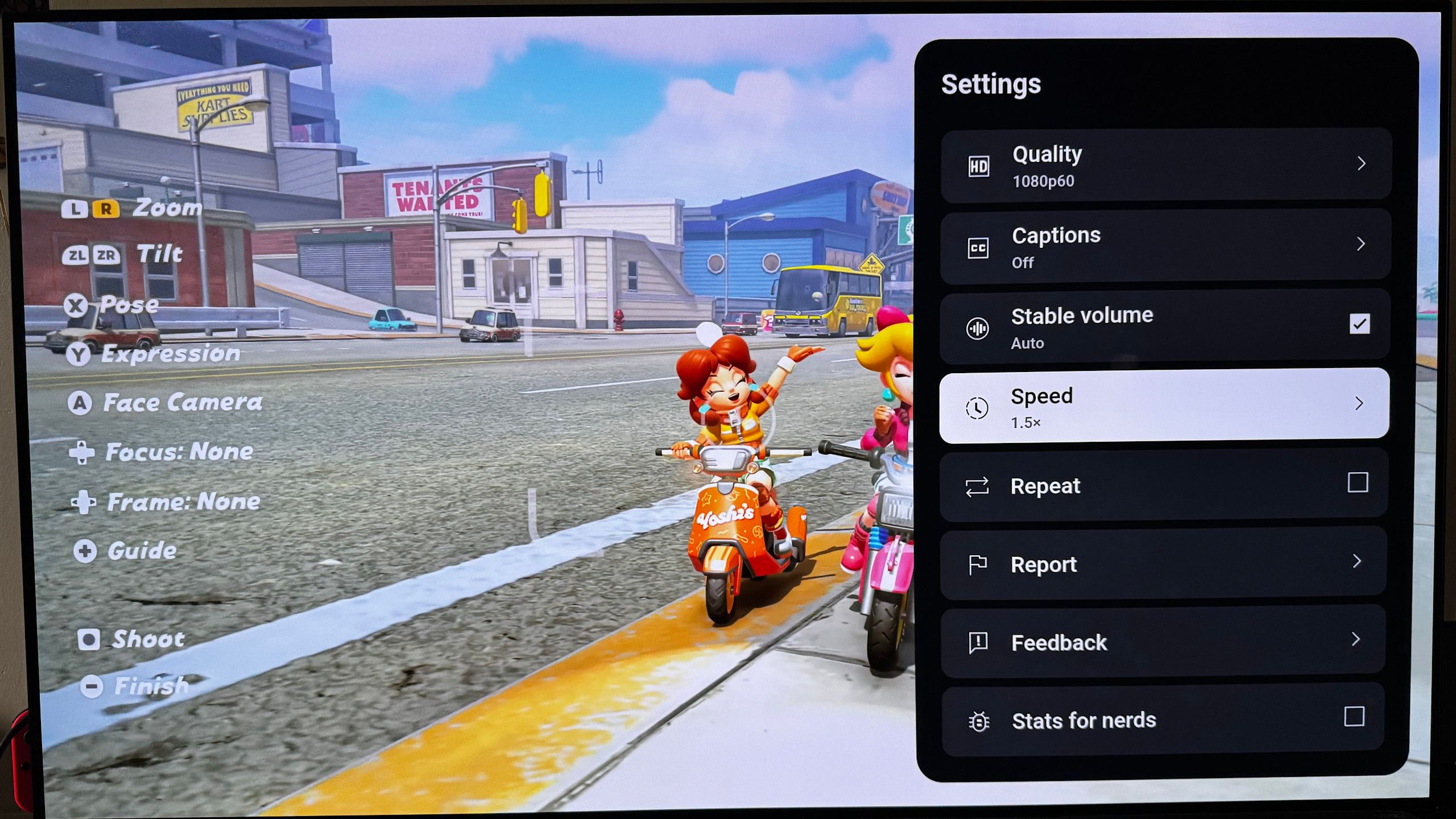Variable refresh rate may not be atop your priority list while shopping for a new smart TV—you may have never even heard of this tech. Still, this less-known feature will elevate your viewing experience regardless of what you love watching.
What Is Variable Refresh Rate (VRR)?
VRR allows your TV to adjust its refresh rate dynamically to match the frame rate of the displayed content, ensuring the two are always in sync. It plays a key role in reducing or eliminating screen tearing and stuttering, which happens when the content has a higher frame rate than the display’s refresh rate or vice versa.
While shopping for a new TV, you’ll encounter different names for VRR support because different companies have unique implementations (or just want a fancy way of naming the same tech). You’ve probably heard of the most popular variable refresh rate tech, including AMD FreeSync, NVIDIA G-Sync, and the HDMI Forum’s VRR (exclusive to the HDMI 2.1b specification and newer).
Although we’ve only discussed VRR in the context of TVs, it’s also available on the best gaming monitors, like the 32-inch 4K Dell G3223Q.
How Variable Refresh Rate (VRR) Works
VRR dynamically adjusts your TV’s refresh rate to match the current frame rate of the content. This happens in real time, meaning your TV will instantly show new frames on the screen as they are rendered.
Frame rate and refresh rate are related but aren’t the same. Frame rate refers to the number of frames per second (fps) the source generates. In contrast, refresh rate is the number of times the display updates the image per second (a 60Hz refresh rate means the display refreshes 60 times every second).
To put things into perspective, let’s say the content from your cable is rendered at 90 frames per second; your TV’s VRR feature will adjust its refresh rate to match that frame rate as long as it’s within its VRR range (the minimum and maximum refresh rate supported).
This is an improvement over what we had previously, whereby TVs included static refresh rates like 60Hz and could only display content at a fixed refresh rate regardless of the content’s frame rate. Without a variable frame rate, even if the content is displayed at 24fps as nearly all movies do, your TV still renders it at 60Hz, leading to uneven motion because of stuttering.
How VRR Improves Watching Movies, Shows, and More
VRR support on your TV has several advantages for your viewing experience. First, VRR eliminates screen tearing, which happens when two frames overlap, leading to visual artifacts (when the next and previous frames are shown simultaneously). Second, it reduces stutter, which can manifest when frames take too long before rendering, resulting in uneven motion.
By addressing the two issues, VRR ensures your TV delivers smooth motion when viewing content. Content with fluctuating frame rates, such as sports and select action movies, immensely benefit from VRR. It also benefits your overall movie-watching experience as movies are typically shot at 24fps, which doesn’t divide well into 60Hz (the standard refresh rate on most traditional smart TVs).
Besides improving your viewing experience, VRR is important for gaming since games don’t have a fixed frame rate. This is why VRR is typically associated with video games rather than watching content.
VRR may not be popular, especially outside the video game industry. Still, it plays a key role in improving your viewing experience by ensuring smooth motion viewing when watching different content types.
You can check if your TV supports VRR by reviewing the official manual or the model’s specifications on the manufacturer’s website. If available, check whether it’s automatically enabled or if you need to turn it on. If unavailable, there are other must-have features when buying a new smart TV—don’t miss out on similar little-known yet essential features.
